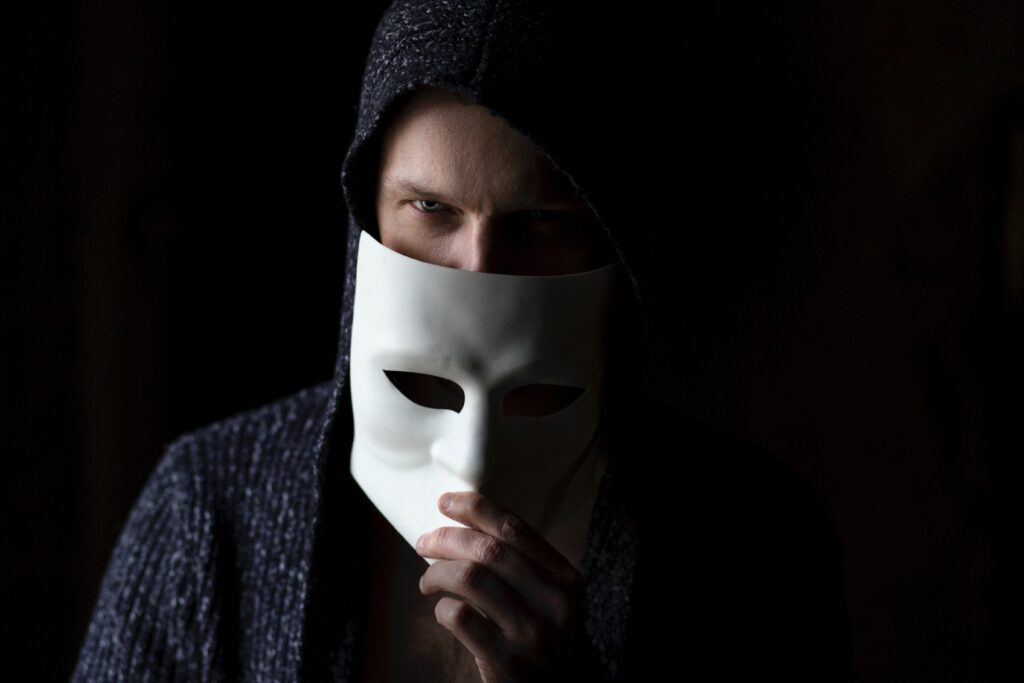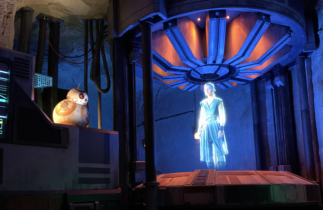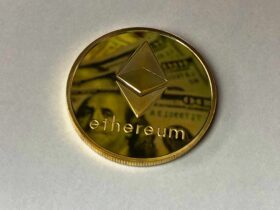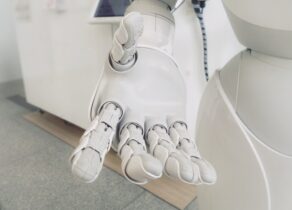A deepfake is a piece of image, audio, or video content using artificial intelligence to create a digital representation by replacing the likeness of one person with another. This advanced technology is becoming more common and convincing, leading to misleading news and counterfeit videos.
We will delve deeper into deepfakes, discuss how deepfakes are created, why there are concerns about their growing prevalence, and how best to detect them so as not to be fooled into believing their content.
Rise of the Machines
Advances in computers have allowed them to become increasingly better at simulating reality. What was once done taking days in the darkroom can be done in seconds using photoshop. For example, five pictures of the Cottingley Fairies tricked the world in 1917.
Modern cinema now relies on computer-generated characters, scenery, and sets, replacing the far-flung locations and time-consuming prop-making that were once an industry staple.
The quality has become so good that many cannot distinguish between CGI and reality.
Deepfakes are the latest iteration in computer imagery, created using specific artificial technology techniques that were once very advanced but are beginning to enter the consumer space and will soon be accessible to all.
What Are Deepfakes?
The term deepfake was coined from the underlying technology behind them, deep learning, a specific field of Artificial Intelligence (AI) or machine learning. Deep learning algorithms have the ability to teach themselves how to solve problems better, and this ability improves the more extensive the training data set provided to them. Their application to deepfakes makes them capable of swapping faces in video and other digital media, allowing for realistic looking but 100% fake media to be produced.
While many methods can be applied to create deepfakes, the most common is through the use of deep neural networks (DNNs). These DNNs use autoencoders that incorporate a face-swapping technique. The process starts with a target video that is used as the basis of the deepfake (on the left above) and from there, a collection of video clips of the person (Tom Cruise) that you wish to overlay into each frame of the target video.
The target video and the clips used to produce the deepfake can be completely unrelated. The target could be a sports scene or a Hollywood feature, and the person’s videos to insert could be a collection of random YouTube clips.
The deep learning autoencoder is an artificial intelligence program tasked with selecting YouTube clips to understand how the person looks from several angles, accounting for different facial patterns and environmental conditions. It will then map that person into each target video frame to make it look original.
An additional machine learning technique called Generative Adversarial Networks or GANs is added to the mix, which detects any flaws and improves the deepfake through multiple iterations. GANs are themselves another method used to create deepfakes. They rely on large amounts of data to learn how to create new examples that mimic the real target. With sufficient data, they can produce incredibly accurate fakes.
Read the full article here.






